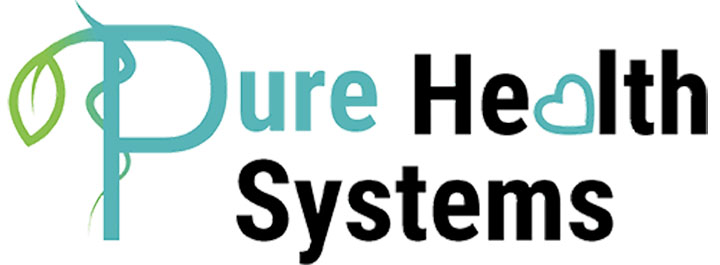THE USE OF ALCOHOL IN MEDICAL APPLICATIONS
For alcohol issues, you can place dosage in 1 oz of warm water, wait 5 minutes to evaporate the alcohol off, and take.
Since water alone cannot absorb all the beneficial properties from plant materials, alcohol is used in the medical field as an indispensable solvent. However, producing medications spagyrically enables PEKANA to reduce the total quantity of ethanol in its products. As a result, PEKANA medications contain only 12-45% alcohol. In contrast, many homeopathic companies manufacture remedies that contain up to 60-70% alcohol by volume. PEKANA achieves a low alcohol content because its unique spagyric fermentation process creates a tincture solution of 12-20% ethanol specific to the particular plant. Once the alcohol level reaches the 20% plateau, the yeast is naturally destroyed, and alcohol production stops.
Research shows that small amounts of alcohol provide the human body with several benefits that generally have been overlooked or underplayed. As a result, many people today believe that all alcohol is harmful to their health, and merely mentioning the word evokes a negative reaction. Patients must be taught to differentiate between the use of alcohol for medical applications and excessive drinking or alcohol abuse. In fact, the field of pharmacology, which studies the effects of foreign substances on the body, teaches that alcohol in small doses:
has a stimulating effect on the vasomotor center of the heart, increases blood flow to the arteries and reduces coronary risk;
- benefits peripheral circulation;
- prevents water retention;
- increases secretion of the fundus gland in the stomach;
- increases the defensive capabilities of the immune system, and;
- lowers the carcogenicity of nitrosamines in foods.
WARNING:
People with a history of alcohol abuse, psychiatric patients on medication and patients subject to seizures should not use products that contain alcohol.
In addition, use of biological and homeopathic spagyric therapy may in rare instances lead to a healing reaction caused by reactivation of the body’s metabolic capabilities. This healing phenomenon does not occur with use of allopathic medications, such as antibiotics, since they actually halt the body’s immune response. Patients may confuse this reaction and the accompanying symptoms such as mild fever, discharge from the sinus passages or stiff, aching joints with an illness. These symptoms result from toxins lodged in the tissues that the body is finally able to excrete through biological treatment. Use of PEKANA drainage remedies coupled with the intake of at least 2 to 3 quarts of liquids daily by adults will normally alleviate this healing reaction within a few days or prevent it from ever occurring.
